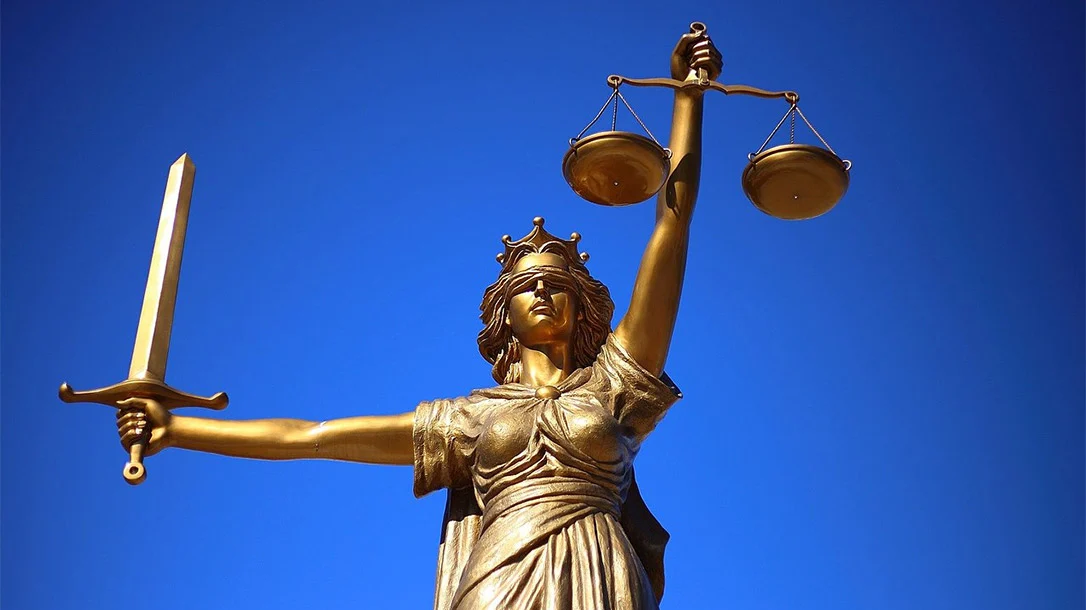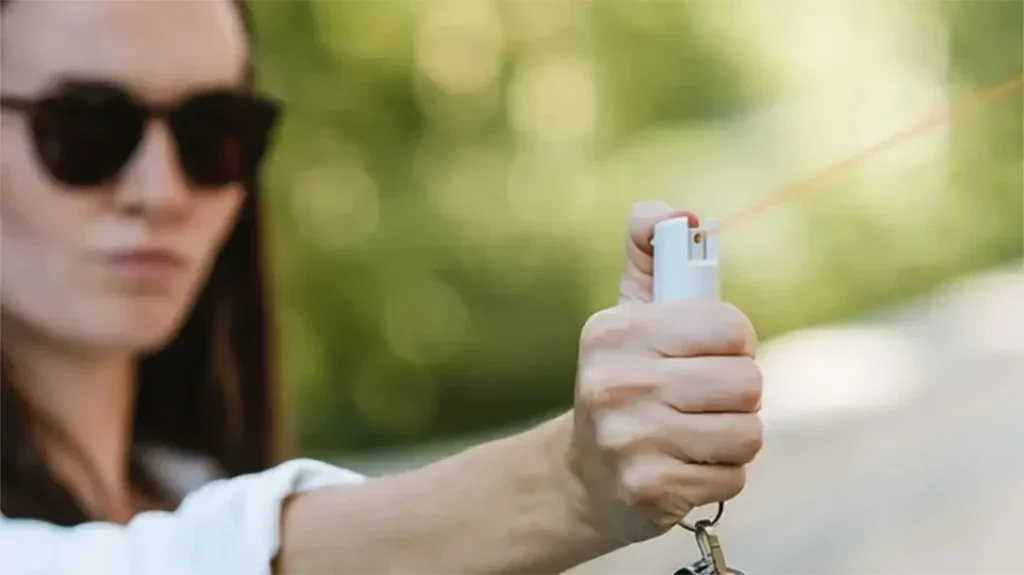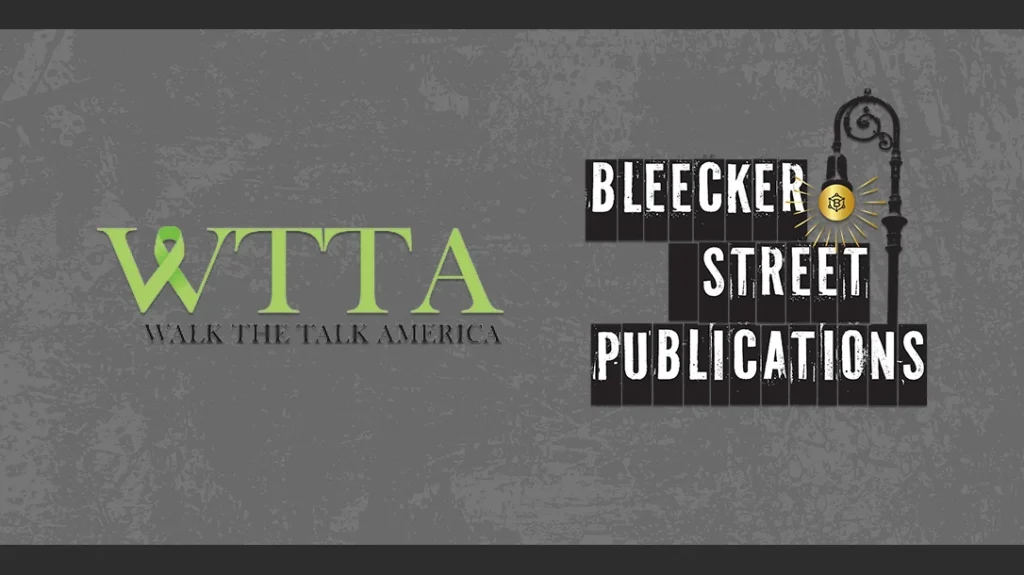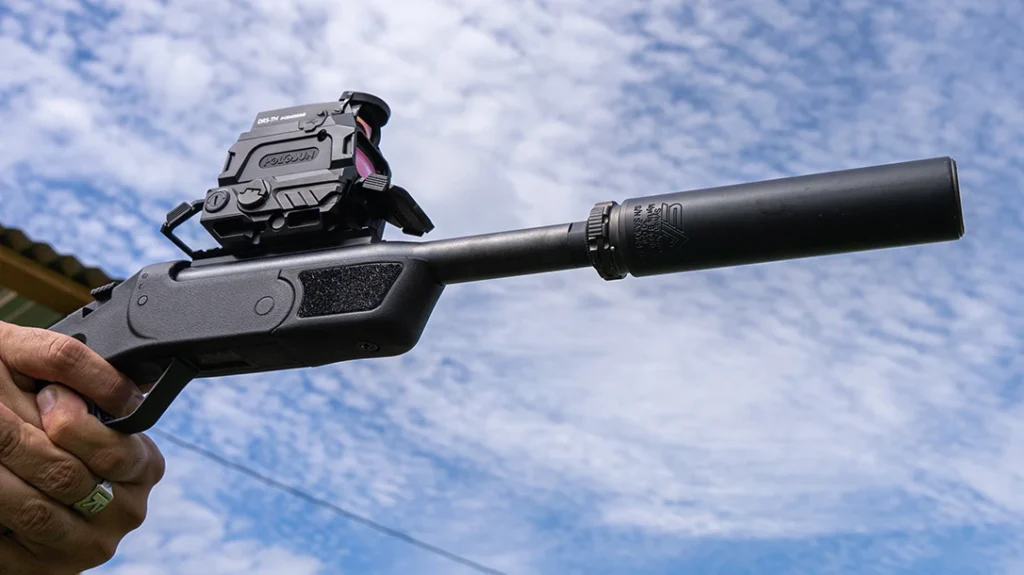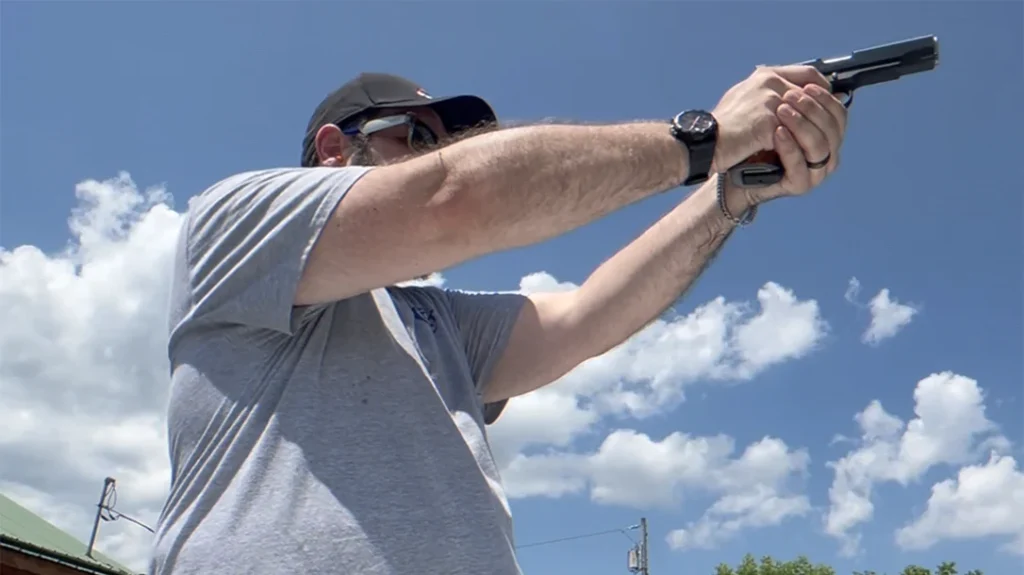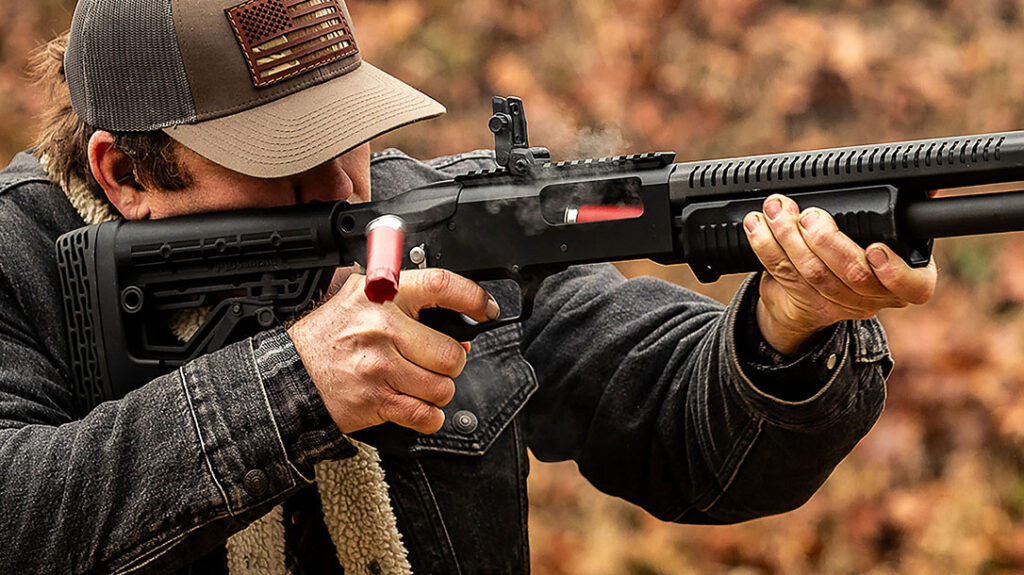Most of the time, the system works, and justified self-defense shootings are recognized as such. Sometimes, however, they do result in trials for Murder, Manslaughter, Attempted Murder, or Aggravated Assault. When that happens, the defendant needs an attorney who knows how to present a self-defense case. The trial dynamics will be much different from the usual guilt mitigation strategies lawyers use to defend a guilty client. Let’s look at some tragic cases when bad trial strategy went wrong.
When Bad Trial Strategy Becomes Costly
Case One: Skipping Expert Witness Testimony
In what I’ll call here Case One,the defendant was an elderly professional man whose hobby was shooting. As such, he was licensed to carry a gun. A stranger followed him into a parking lot and attacked him before he could get out of his car. The attacker punched him in the face, cursing him and promising to send him to Hell.
The defendant pushed the much younger attacker away, drew his compact Ruger 9mm pistol, and ordered the man back. Instead, the attacker grabbed at his gun arm as if to disarm him. The old man fired a single shot, which fatally ended the encounter.
Advertisement — Continue Reading Below
The shooter was ultimately charged with Manslaughter. He selected an attorney locally famous for winning acquittals in criminal cases.
The defendant had taken professional training over the years and selected one instructor, with whom he had spent 80 hours, who was already a court-recognized expert who had testified multiple times in that state, to come as a witness.
The instructor agreed to do so pro bono, that is, at no charge. He prepared a demonstration video to show how quickly the elderly defendant could have been disarmed and killed by his younger, more dynamic attacker. However, at the last minute, the attorney decided to do without that witness and that evidence.
Advertisement — Continue Reading Below
During a week of trial, the important subtleties of disparity of force and the dangers and dynamics of disarming were apparently never fully explained to the jury. So, the defendant was found guilty of Manslaughter. An appeal is being prepared at this writing.
Case One Trial Strategy Lesson
Showing a jury that the defendant did what he was trained to do and that his actions met “best practices” for such an emergency has proven to be a strategy that wins acquittals. Sadly, it was not employed in this case.
Case Two: Failure to Let the Defendant Testify
This was super-high profile and led to massive civil disturbances. A huge, muscular man with a history of violence and drug addiction and enough Fentanyl in his system to kill multiple people resisted arrest on a charge of passing a counterfeit bill.
Advertisement — Continue Reading Below
Multiple officers were unable to force him into a patrol car. So, they put him face down on the pavement with a 135-pound officer kneeling on his shoulder. In the nearly ten minutes that followed, an angry crowd gathered and recorded the incident. The officers called for an ambulance when the arrestee said he couldn’t breathe, but the man died.
The officers were all fired and criminally charged, and the one who knelt on his shoulder was charged with Murder. Experts who carefully watched the video insisted the cop’s body weight was on the shoulder, not the neck. But the prosecution argued otherwise. A high-ranking police official testified at trial that the department did not teach this restraint technique.
Watching the trial on livestream, I was disgusted when the defense lawyer told the judge, outside the hearing of the jury, that he and the defendant had argued intensely as to whether he should testify on his own behalf, and that the decision was not to. (I don’t recall either lawyer or defendant ever saying which of them took which position.) I predicted then that a conviction would be a fait accompli. It was.
Advertisement — Continue Reading Below
A subsequent interview in prison, where the defendant was stabbed multiple times by another convict, showed the defendant to be an articulate man who probably could have handled himself well on the witness stand and explained his actions.
Copies of the department manual surfaced, but were not introduced to the jury, showing this exact restraint technique as recommended.
Case Two Trial Strategy Lesson
A case such as this is an affirmative defense, meaning among other things that it’s not a “who done it?” but a “why did he do it?” and only the person who did it can fully explain why. This is why it’s critical, if at all possible, to put the defendant on the stand.
Advertisement — Continue Reading Below
Case Three: Ethical Issues
Perhaps the worst example I’ve seen is Case Three.The defendant was an on-duty cop who came home for lunch in uniform to find his wife talking with her brother, who hated him. The brother-in-law pulled a snub-nose .38 to shoot the officer, who reflexively drew his service .45 and fired.
Tragically, his wife was in a position to see him but not her brother. Thinking he was about to harm her brother unprovoked, she stepped between them just as the gun went off. The officer’s gunfire neutralized the attacker but also killed his wife instantly. Horrified by what had happened, he fled in a state of fugue. When he came to his senses, he called his attorney.
What he said happened next is sickening to anyone who works in the criminal justice system. The lawyer told him to take the gun apart, hide the pieces, then turn himself in to the police and keep his mouth shut.
Advertisement — Continue Reading Below
He did as advised, and of course was arrested and charged with Murder. At trial, when he tried to explain why he followed the lawyer’s advice, that attorney himself reportedly objected and kept the statement out! The brother testified that he hadn’t armed himself until the cop went nuts and wounded him and killed his sister. Not surprisingly, the cop was convicted.
His new lawyer, Bill Sheppard, won his appeal not only on the grounds of his having taken his first lawyer’s horrible advice but also because of new, exculpatory evidence the original investigators had missed.
Having run out of money and been warned that overworked public defenders couldn’t save him, the defendant took a plea bargain and spent a few more years in jail. A tragedy all around.
Advertisement — Continue Reading Below
Case Four: Lawyer Tells Defendant to Lie
I was made aware of Case Four by the defendant’s wife the day after he was convicted of Murder. She wanted a recommendation for an appellate lawyer. Her husband was caught up in a road rage incident that happened with many witnesses.
All of the witnesses agreed that the deceased, a muscular 26-year-old highly intoxicated and with a history of violence, became the first aggressor in a windy parking lot. As the defendant tried to placate the younger, much stronger man, the wind blew his coat open, revealing the gun he was licensed to carry.
The aggressor screamed that he was going to take that gun and kill the defendant with it. The defendant drew as he back-pedaled and ordered the man to stay back. However, when the assailant lunged for the gun, the defendant fired three fatal shots. The prosecution apparently saw only “armed man shoots unarmed man” and filed Murder charges.
Advertisement — Continue Reading Below
The wife told me she was present when the defense attorney told her husband his only chance was to falsely claim that the pistol—a double-action semi-automatic with a long, heavy trigger pull—had gone off by accident multiple times. Sound like BS?
It sounded that way to the jury, too. They convicted after the defendant’s testimony. The defendant and his wife gave sworn statements that the attorney had given that advice. The attorney denied it.
And the higher court denied his appeal. When you lie under oath, it doesn’t mean you didn’t get a fair trial; it means a liar got a fair trial. It didn’t matter that he claimed the lawyer told him to commit perjury; after all, he had already committed perjury himself on the witness stand in his first trial.
He served many years in the state penitentiary before finally earning parole.
Truth Has to Be Part of Your Trial Strategy
A successful outcome in a self-defense case depends on getting the truth across to the jury. This requires complete and honest testimony, which educates the jury about critically pertinent facts that the average juror could not be expected to know otherwise.
